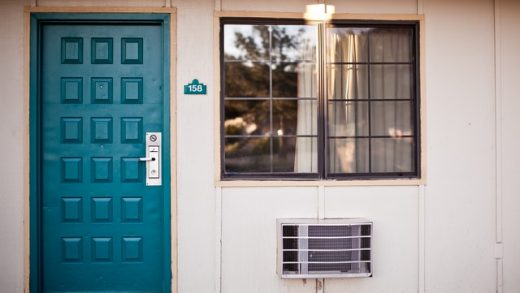Solar installation is a process that converts sunlight into electricity. It’s a process that utilizes concentrated solar power. This is done using photovoltaic cells, which convert light into an electric current.
Safety Warnings For DIY Solar Installation
If you plan on installing solar panels in your home, it’s a good idea to thoroughly understand the risks. This will help you avoid several common injuries associated with DIY photovoltaic systems.
Installing solar panels requires heavy equipment, which can pose safety hazards. Before you begin working, ensure you wear the proper safety equipment, such as flame-resistant clothing and gloves.
The best action would be to exercise caution when cutting or joining solar rails. Wear safety glasses to shield your eyes from the blades if you use a power saw.
Using fall-arresting devices can be a great idea, especially if you’re constructing your own system. However, you may have to do some research to determine which type of fall-arresting device is best suited for your needs.
For any rooftop work, safety harnesses and lifelines are a necessity. You won’t fall or slip because of them.
Be mindful of strong winds and snow while working on the roof. In these conditions, never attempt to work on a roof. Worrying won’t be necessary if you have professional installers like Solar by Peak to Peak because they have all the necessary tools and experience.
Inspecting The Solar Installation Engineer’s Roof
If you’ve been looking into solar panel installations, it’s a good idea to have a structural and roof inspection. These are important to the production and performance of your system. Having your home inspected before installation is an excellent way to reduce the risk of problems like leaks and electrical fires.
The roof structure should support the weight of the panels and be weather tight. To reduce the likelihood of damage to your roof, it’s a good idea to ask the installer if they have any recommendations for regular inspections. Installers like Solar by Peak to Peak always ensure that an inspector will look for proper grounding, placement of inverters and warning labels on equipment. They will also check for appropriate conduit runs and racking.
A structural inspection is one of the most important things you can do to protect the value of your home. Performing due diligence can save you a lot of money and avoid a major mishap.
Inspecting the solar installation engineer’s roof may be a daunting task. Fortunately, some companies handle all of this for you.
Ground Mounting Vs. Roof Mounting
You have a few choices if considering installing a solar system in your home. Your decision will be influenced by your budget and the requirements of your home. It would help if you decided whether you want to mount your panels on your roof or the ground.
Rooftop systems are the most common solar mounting method. They require less construction and are more affordable. It is also easier to align your panels to maximize sun exposure.
Ground-mounted systems, however, are more expensive. Their cost is primarily determined by the location and size of the array. You will need a separate foundation to install a ground-mount system.
A ground mount can cost more than a rooftop installation, but the savings are well worth it. Compared with rooftop installations, ground-mounted systems produce more energy per square foot.
A ground-mounted system is a good choice for homeowners who need additional flexibility. These systems can be installed in places where the ground is uneven or sloped or where space is limited.
Wiring Run
Choosing the proper wire run for your solar installation is essential to ensure performance and safety. Wire sizing is inversely related to the amperage capacity of the appliance. The higher the amperage, the thicker the wire. But the thinner the wire, the more likely it is to overheat or even catch fire.
To ensure your wiring run complies with the National Electrical Code, check with your local authorities. A building inspector will verify that you have followed the electrical standard. This standard is updated every three years. Typically, a building inspector will reject non-compliant wires.
Solar panel wiring is usually run outside the solar panels. Depending on the system, it can be done in series or parallel. In parallel, each panel’s positive terminal connects to the negative terminal of another panel. As each panel produces power, the voltage adds to make a larger voltage.
The wire is then run to the charge controller or inverter. Typically, solar panels are mounted on the roof or in a rafter but they can also be ground-mounted.




